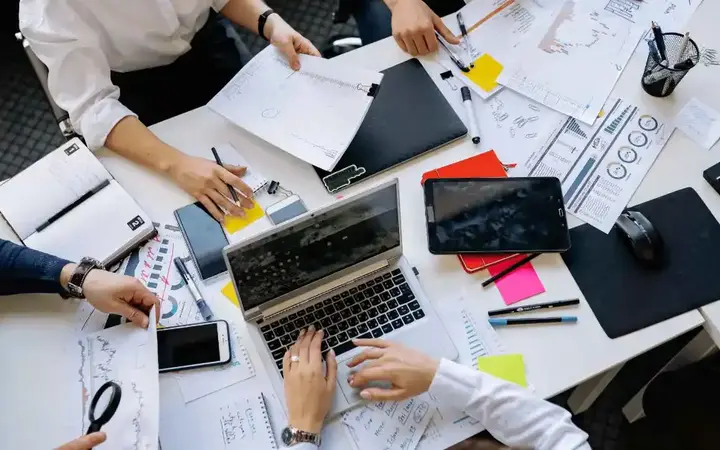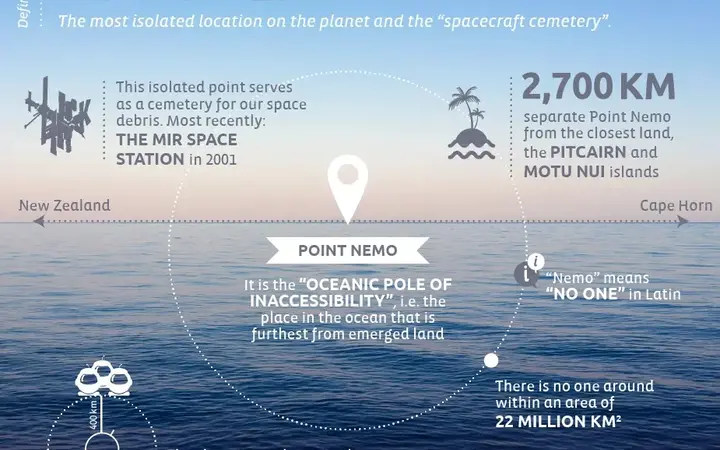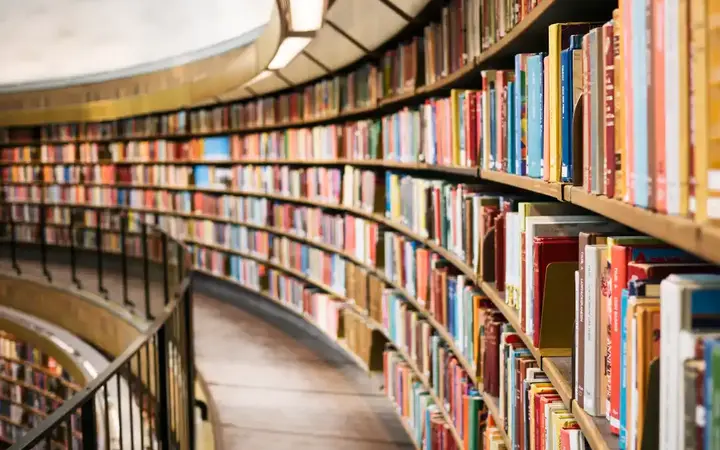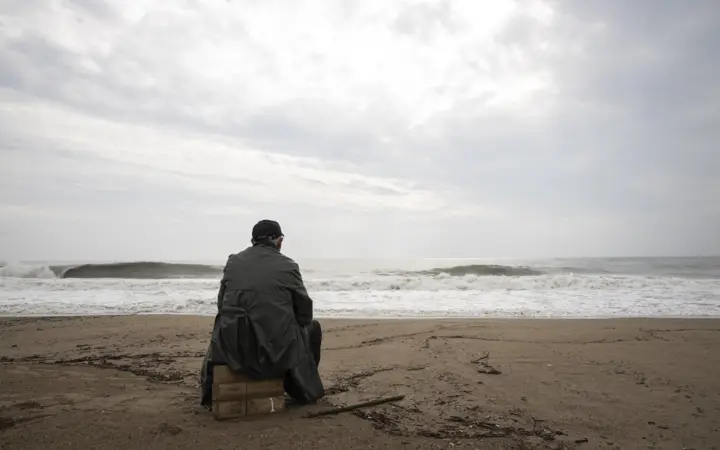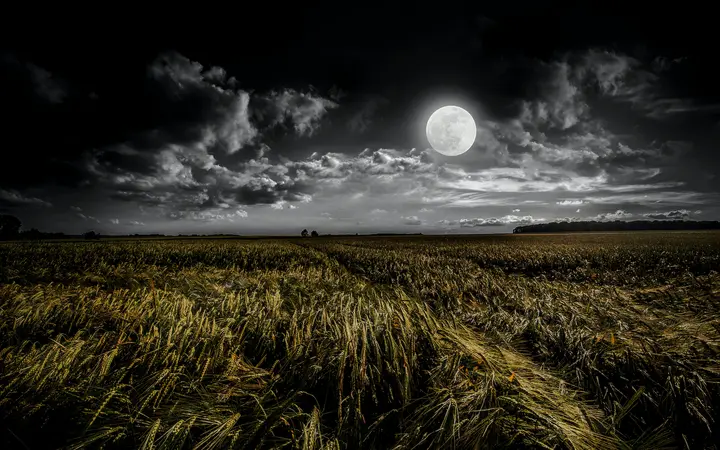National Museum of Qatar and the distinctive design of the desert rose
The National Museum of Qatar in Doha is one of the region's most prominent cultural and artistic landmarks and is known for its magnificent and unique design that resembles a "Desert Crystal Rose". Designed by renowned architect Jean Nouvel, the museum is distinguished by its modern lines and its great use of glass and sandstone to create a stunning artistic façade. The museum's exquisite design reflects the evolution of Qatar's modern architecture and embodies the country's commitment to innovation and creativity. The museum hosts a large variety of Qatari arts and heritage, and provides a cultural experience for visitors from around the world.
National Museum of Qatar The fragrance of history and the spirit of the future
Recommend

Inspired by natural crystal formations, the National Museum of Qatar (NMoQ) was built around the old palace of Sheikh Abdullah bin Jassim Al Thani (1880-1957), son of the founder of the modern State of Qatar, and around the government headquarters and family home for 25 years, spanning 430,500 square feet.
Contents National Museum of Qatar
The National Museum of Qatar (NMoQ) contains an immense collection of artifacts, heritage, manuscripts, photographs, jewellery and fashion, and the collection features the Indian Maharaja Baroda (1985) carpet consisting of more than 1.5 million pearls (diamonds, rubies, emeralds, gold sapphires and woven on a silk base and soft deer skin).
Desert Crystal Rose Iconic design
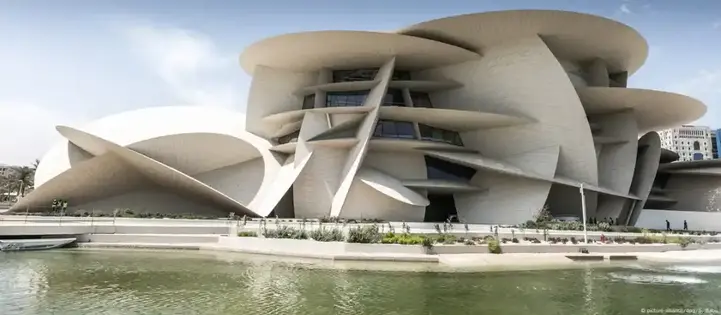
Designed by Pritzker Prize-winning architect Jean Nouvel, this architectural masterpiece consists of curved cylindrical shapes and metal crystal intertwined known as the "desert rose", which appears only in arid coastal areas, and is a natural architectural sculpture that originated through the mixing of wind, sea spray and sand over thousands of years, and the museum covers an area of 430,500 square feet, and the museum includes 11 exhibitions targeting the senses of visitors; the sense of hearing through sounds, such as music and oral history, And the sense of sight, through films and archival photographs, and the sense of smell, through scents that evoke certain times and places. The museum complex includes permanent and temporary exhibitions, a 220-seat auditorium, two cafés, a restaurant, a gift shop, separate facilities for school and VIP groups, heritage research centres, restoration laboratories and a museum collection store.
National Museum of Qatar Libraries
Located on the third floor of the museum is the Mohammed bin Jassim Al Khulaifi Library, which focuses on the history of Qatar and the Gulf region, offering resources covering culture, heritage, art, geography, economics, education, science, social sciences, and the arts. The Library's collections consist of approximately 18,000 research materials in multiple languages.
Parks and playgrounds, shops and galleries, cafes and restaurants
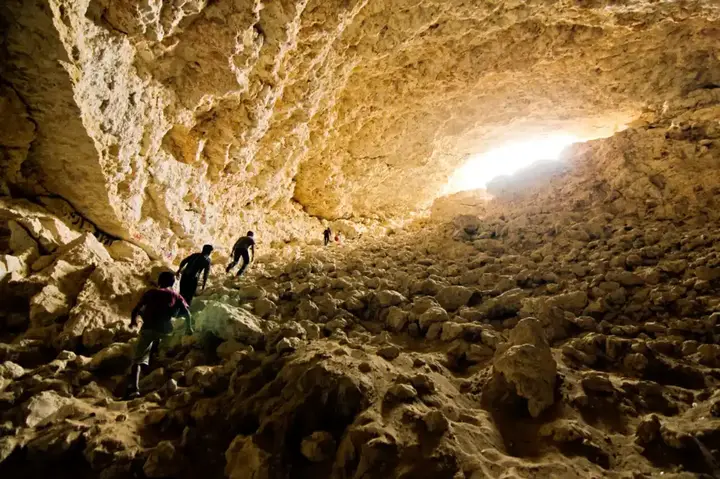
Reflecting Qatar's indigenous biodiversity, the Heritage Park is located within the museum's beautiful garden. Featuring native Qatari plants, he also established the Total Energy Stadium in partnership with the National Museum of Qatar, which provides a unique experience for families to explore the country's energy past and future.
Located on the fourth floor of the National Museum of Qatar, Gewan is named after the Qatari word for "precious pearl", which is white, pink, round and has a pure luster, and its roof is inspired by fishing nets, and hangs from it 4 million pearl-like crystals to create a feeling of diving in the water.
The Desert Rose Café is also located on the ground floor of the museum, overlooking the lake in the form of a desert rose, and the thirty café whose idea stems from Qatari cuisine in a healthy, sustainable and modern vegetarian way.
Located on the mezzanine floor, 875 Café reflects the Bedouin life and hospitality of the Qatari people. It includes Buthaina Al Muftah's 'Once Upon a Time' sculpture, which is inspired by traditional Qatari jewellery and 21-carat gold. The number "875" represents a rare degree of purity and purity of gold. It serves delicious local and international cuisine, coffee and snacks.
Sheikha Al Mayassa bint Hamad bin Khalifa Al Thani, Chairperson of Qatar Museums, launched the Mal Lawal series of exhibitions to showcase local heritage and provide access to private collections and acquisition practice in the region, focusing on the nineties, adopting a museum approach that explores the history of video games.
Qatar Motor Museum
It aims to instill the love of cars to support a culture of innovation, design, sustainability and traffic safety, and to inspire the next generation of innovators, designers, engineers, collectors and decision-makers, and how the history of cars in Qatar relates to the story of the development and renaissance of the country, and how the car itself constitutes a bridge between diverse peoples and cultures, and a symbol of the interdependence of engineering, technical, technology and innovation industries.
![]()
My strategies for developing business confidence
Asking for a raise taught me a powerful lesson: confidence and self-advocacy matter. Despite battling impostor syndrome and anxiety, I learned to challenge my inner critic, celebrate my wins, and take risks. That one bold step led to growth, success, and a stronger belief in myself ever since. more- ADVERTISEMENT
![]()
Nemo Point: the most isolated location on the planet
Point Nemo, the ocean’s most remote spot, lies in the South Pacific, 2,700 km from any land. It’s so isolated that astronauts are often the closest humans. Known as a spacecraft graveyard, it’s also inspired fiction from Jules Verne to Gorillaz’s Plastic Beach album. more- ADVERTISEMENT
![]()
Sudden asteroid lights up the sky of the Philippines
A Surprise Asteroid Lit Up the Sky Over the Philippines more- ADVERTISEMENT
![]()
The most important job market skills - how to become a graphic designer?
Graphic design is a creative field where your imagination meets visual communication. It’s not just about art—it’s about problem solving, storytelling, and expressing ideas. With the right skills, passion, and patience, you can turn your love for design into a rewarding profession that AI can’t fully replace. more- ADVERTISEMENT
![]()
Real books prominent in self-development - including by an Arab specialist
Tired of theory-heavy self-help books? Try these three practical ones instead: Emma Bauer’s guide builds strong human connections with real-life tips, Mohamed Taha’s poetic book inspires change with depth and emotion, and Stéphane Garnier’s fun take shows how cat behavior can teach us joy, confidence, and better relationships. more- ADVERTISEMENT
![]()
Why you should read every day
Why You Should Read Every Day more- ADVERTISEMENT
![]()
How do I increase my confidence at work? Proven practical tips and exercises
Self-confidence helps you speak clearly, connect better with coworkers, solve problems, and grow in your career. It's a skill you can build with small steps—know your strengths, improve communication, stay positive, take care of yourself, and reward your progress. Confidence is a journey, not a destination. more- ADVERTISEMENT
![]()
75% of the global diet is produced by just 12 plants and 5 different animals
75% of the global diet is produced by just 12 plants and 5 different animals more- ADVERTISEMENT
![]()
The Unity Economy: How Isolation Changes Our Buying Habits
Loneliness is becoming a social epidemic, affecting both young and old. Despite being more connected than ever, people feel increasingly isolated, often turning to consumerism for comfort—buying entertainment, luxury, or even companionship. Brands must respond by offering personalization and building communities that help people feel seen and included. more- ADVERTISEMENT
![]()
Shocking fact: the moon is moving away from the earth!
The Moon is slowly drifting away from Earth—about 3.8 cm each year—due to tidal friction. This subtle shift has been proven through laser technology since 1969. While it won't escape Earth’s gravity, the distancing affects Earth's rotation, making days longer and altering tides and seasonal temperatures. more- ADVERTISEMENT












